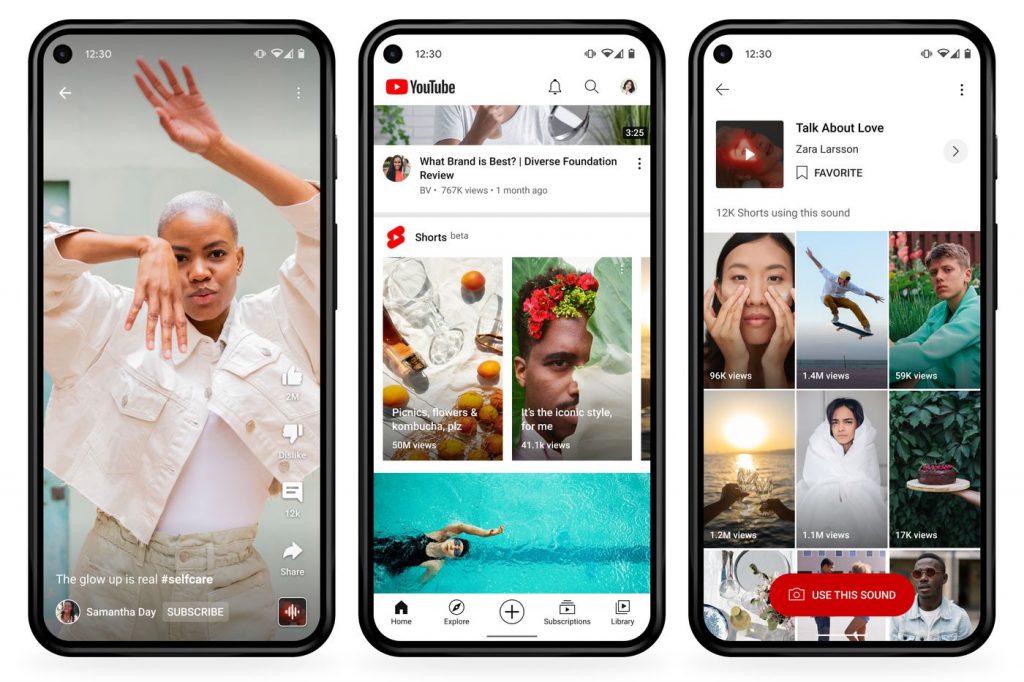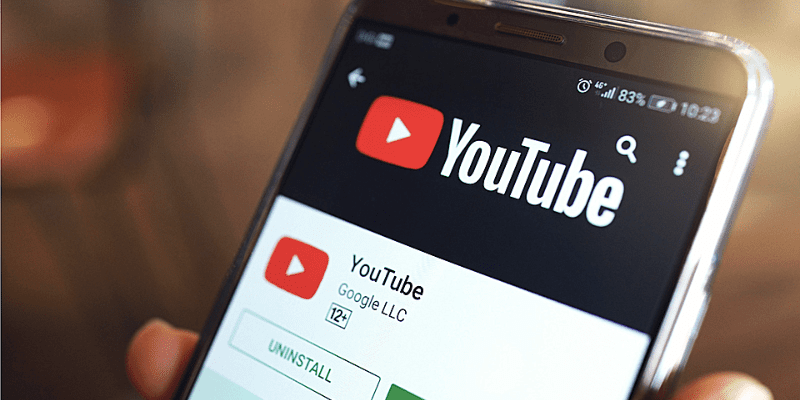Video streaming and podcast platform, YouTube is introducing a new, robust monetization feature that will allow creators to trade brand sponsorship on their current videos and resell the inventory to new brands without needing to reupload. The new feature, announced at the Made on YouTube annual event in New York, will allow creators to continue generating revenue from their most popular content for years, with brands gaining access to vetted, top-performing content.
The feature is set to roll out in the first half of next year, initially with a limited cohort of creators before being released worldwide. YouTube has positioned the shift as one that will enable advertising on the platform to be more dynamic for brands and create an additional way for creators to monetize their back catalogues.
In practice, this means that if a creator had already integrated a sponsor opportunity for Brand A into a piece of content, they are now able to redo it and replace it with a Brand B opportunity. The engagement stream, comments, and views are all intact, so brands can target users watching content that is still pulling traffic months after the content was first created.

This approach can revolutionize how creators monetize, turning evergreen content into repeatable streams of revenue rather than a one-time opportunity. It also opens brands up to new opportunities, where they can sponsor pre-tested videos that resonate with their message and not bet it on brand-new content.
Other YouTube announcements made
The sponsorship trade feature was just one of a number of major announcements revealed at Made on YouTube, one of the largest annual events for the platform. The company used the event as a way of touting new AI-powered features, monetization features, and analysis intended to help creators establish their channels and engage more effectively with audiences.
One of its best features is Ask Studio, a chatbot AI collaborator that lives inside YouTube Studio. Creators can pose questions like, “Where are viewers dropping off on my new video?” or “What are the most prominent conversations in my comments?” and receive them directly. The feature also provides watch time boost suggestions, comment consolidating for sentiment analysis, and proposes video content ideas based on viewer feedback.


The second optimization is title and thumbnail optimization, a key driver of click-driven performance. YouTube is expanding its A/B testing feature even more to allow creators to experiment with multiple combinations of thumbnails and titles and select the automatically best one for watch time. It is a follow-up to the thumbnail-only test released last year and provides creators with even greater control over how they expose their videos to potential viewers.
Other creators’ tools to monetize
YouTube is also expanding its Shopping program to more markets and creators. The program already makes it easier for creators to tag products with auto-timestamps that show up immediately the product shows up in a video. Automatic tagging is also being launched, where artificial intelligence is used to identify product-relevant products that are being talked about in a video and directly link them to people watching.
For Shorts producers, YouTube is introducing brand links that enable them to take viewers to a brand page or product page. This is intended to give advertisers better conversion tracking and make Shorts more attractive as a sponsorship platform.


In its words, YouTube says the Shopping program has already seen astronomical growth with a five times increase in gross merchandise volume year over year and more than 500,000 creators actively monetizing globally as of July 2025.
These updates followed the video platform’s 20th anniversary and its emergence as a backbone revenue engine for the creator economy.
What YouTube is saying with this announcement is that it wants creators to think about their older content as not dumps, but as living assets that can be a source of consistent income. For the benefit of advertisers, having the ability to place ads against successful, proven videos is one of the best ways of targeting engaged viewers in an era of fast-scrolling timelines and ephemeral attention.








